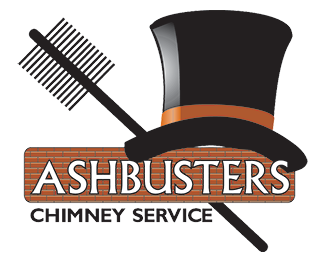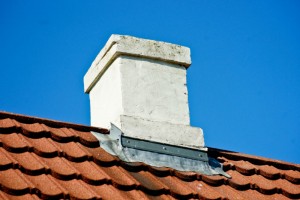A masonry chimney is lined with a ceramic, clay, or metal channel that encompasses the products of combustion, directs these outside the home, and protects the walls of the chimney from corrosion and heat. Most fire codes mandate use of a chimney liner due to the safety hazards presented by an unlined chimney. The National Bureau of Standards found that heat moves through an unlined chimney so quickly that adjacent woodwork may catch fire within just 3 ½ hours.
Chimney liners protect homes from heat moved to combustible materials during fireplace usage. Liners also guard chimney masonry from corrosive byproducts of combustion that can decrease chimney life and impend home occupant safety. The three main types of chimney liners are: metal, clay tiles, and cast-in-place.
Metal liners are made from aluminum or stainless steel and are characteristically used to repair or upgrade an existing chimney. Aluminum is used for a medium efficiency gas system while stainless steel is appropriate for gas, oil, or wood burning systems. High-temperature insulation is mounted with this liner to improve performance and security.
Clay tile is the most common type of chimney liner. It is inexpensive, easy to find, and works well in an open chimney system. However, it does not swiftly absorb or evenly distribute heat in a chimney fire. Unequal growth may cause flue tiles to fissure or split. Clay tiles cannot hold liquid byproducts of combustion from modern gas systems.
A cast-in-place chimney liner is a lightweight, cement-type product. It is cast able and installed inside a chimney to offer flue gases with a seamless, insulated passageway. This permanent liner can advance the structural integrity of a mature chimney. Homeowners should have a chimney inspection to determine whether a new metal, clay tile, or cast-in-place liner is required to bring the system into compliance with current fire and safety codes.

